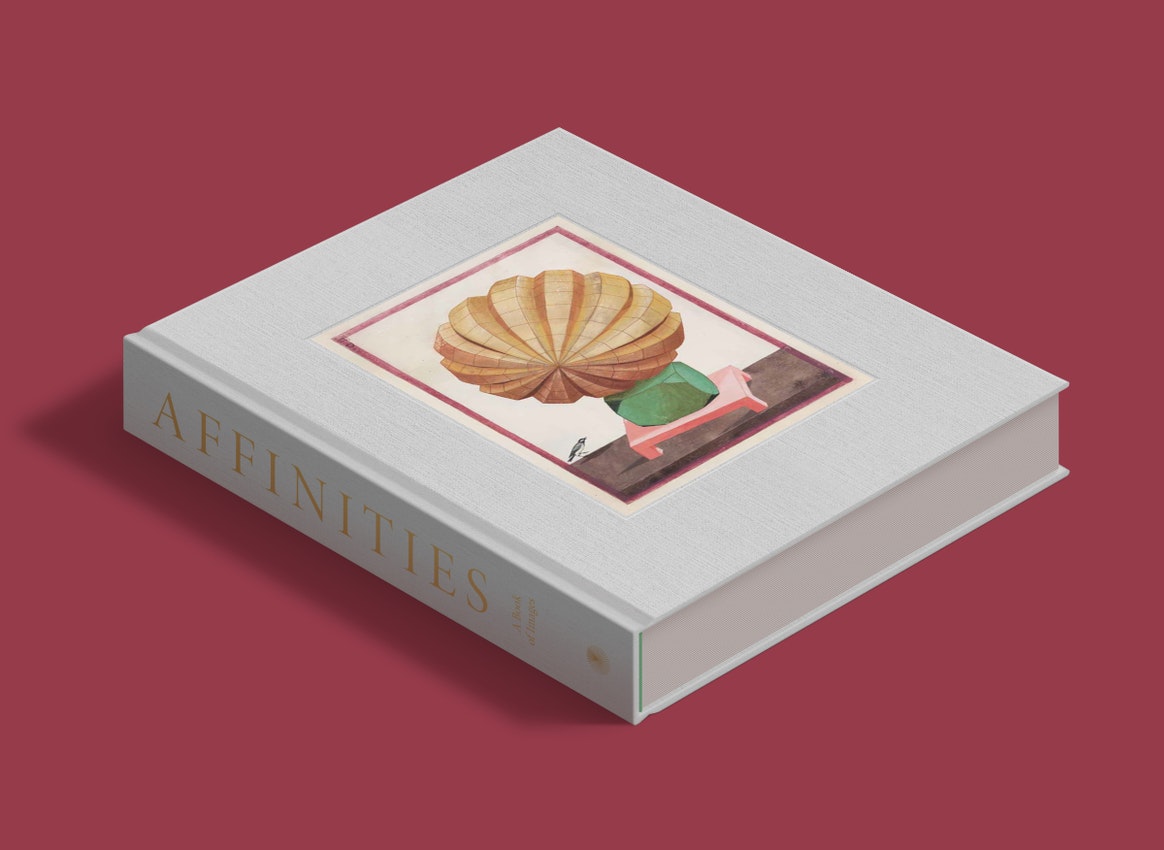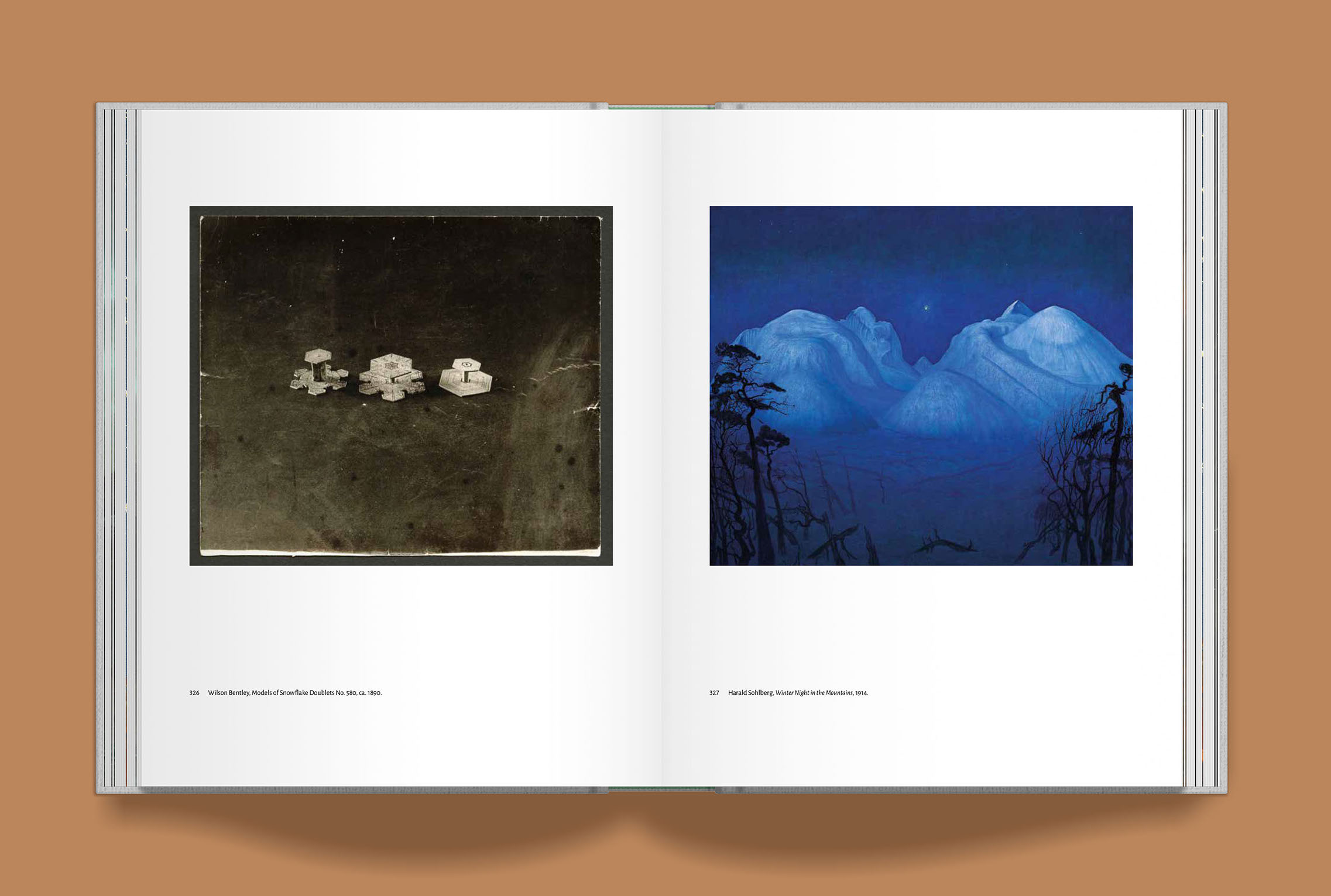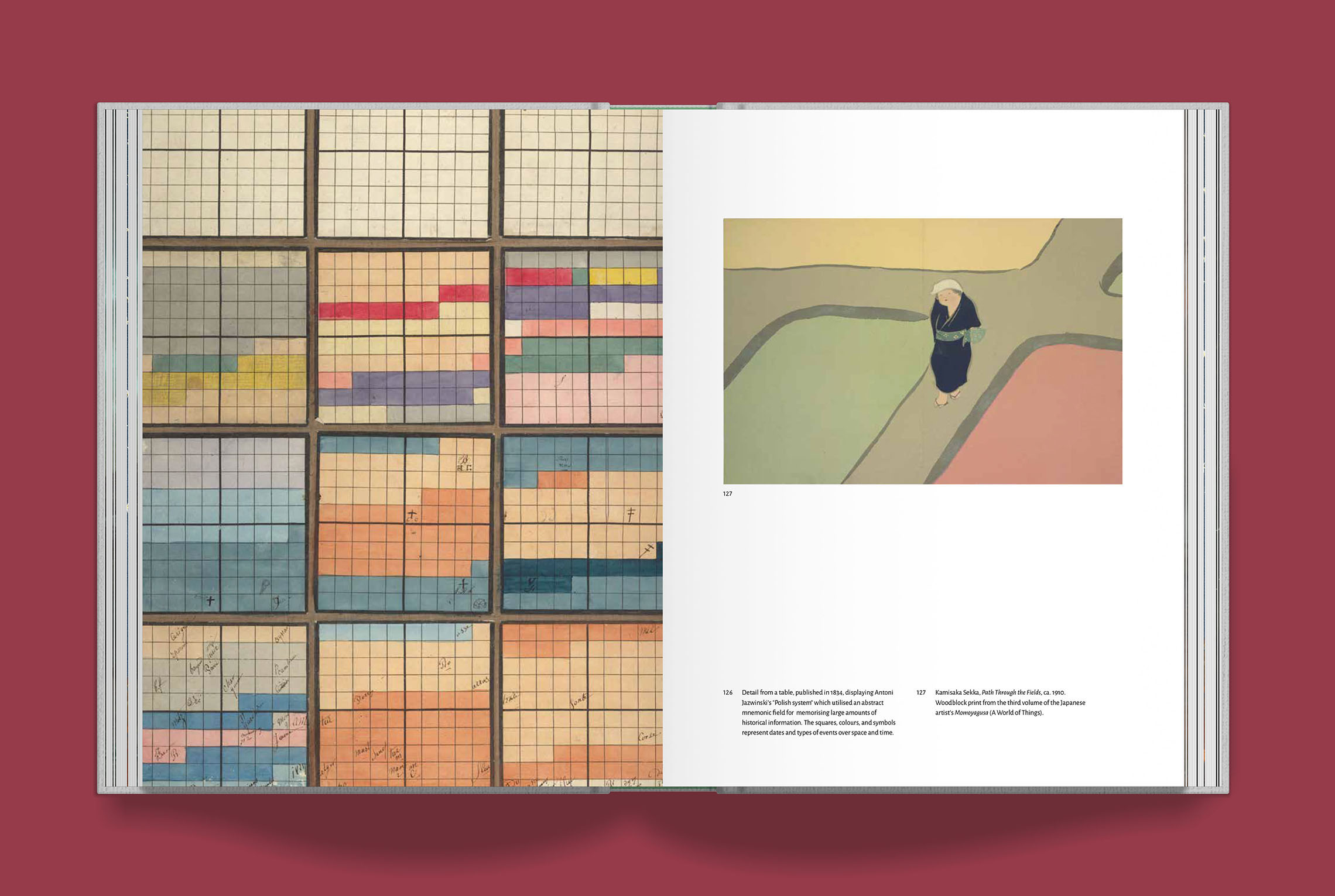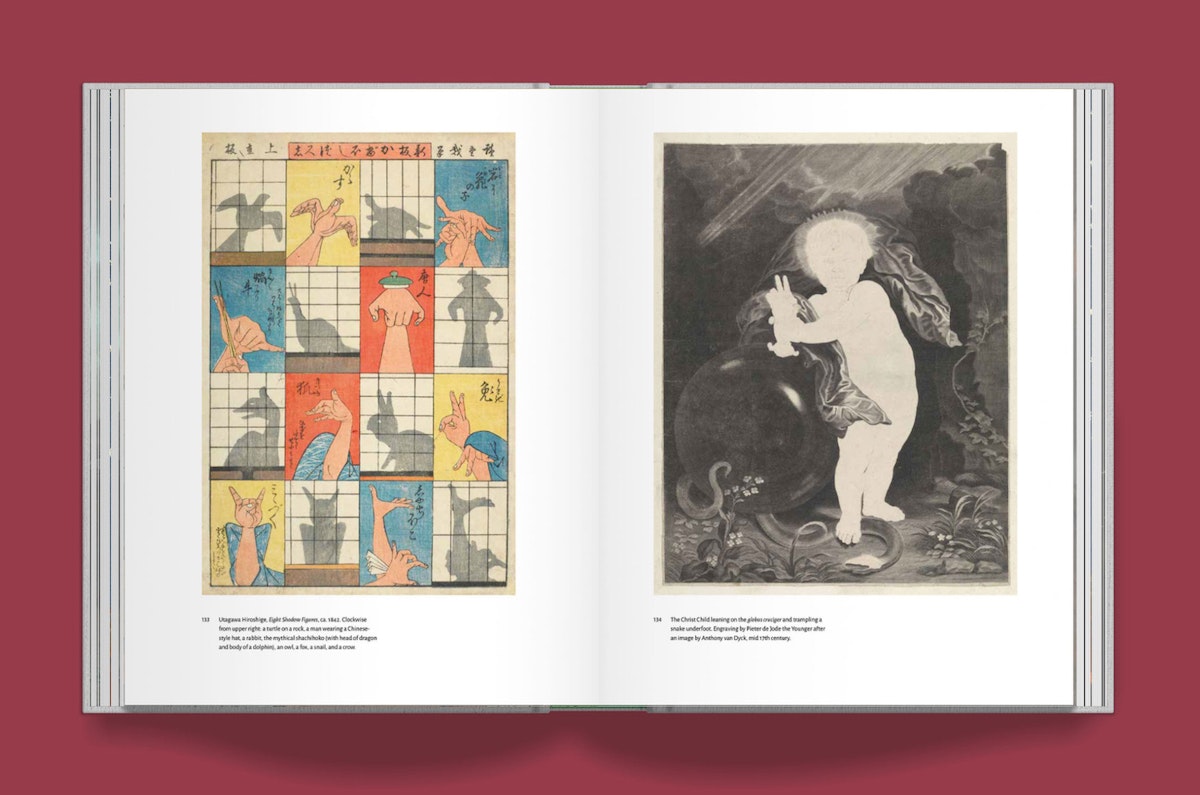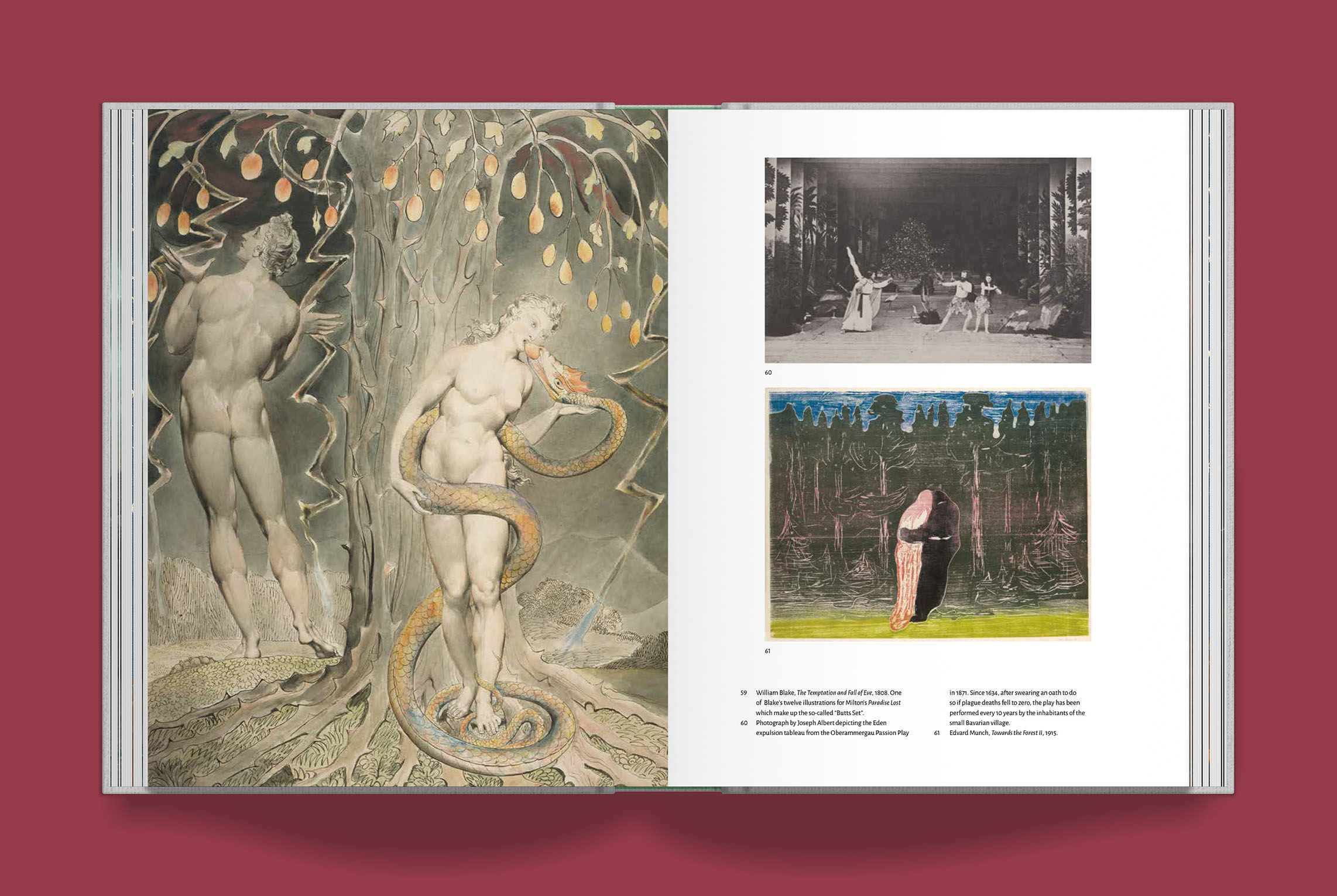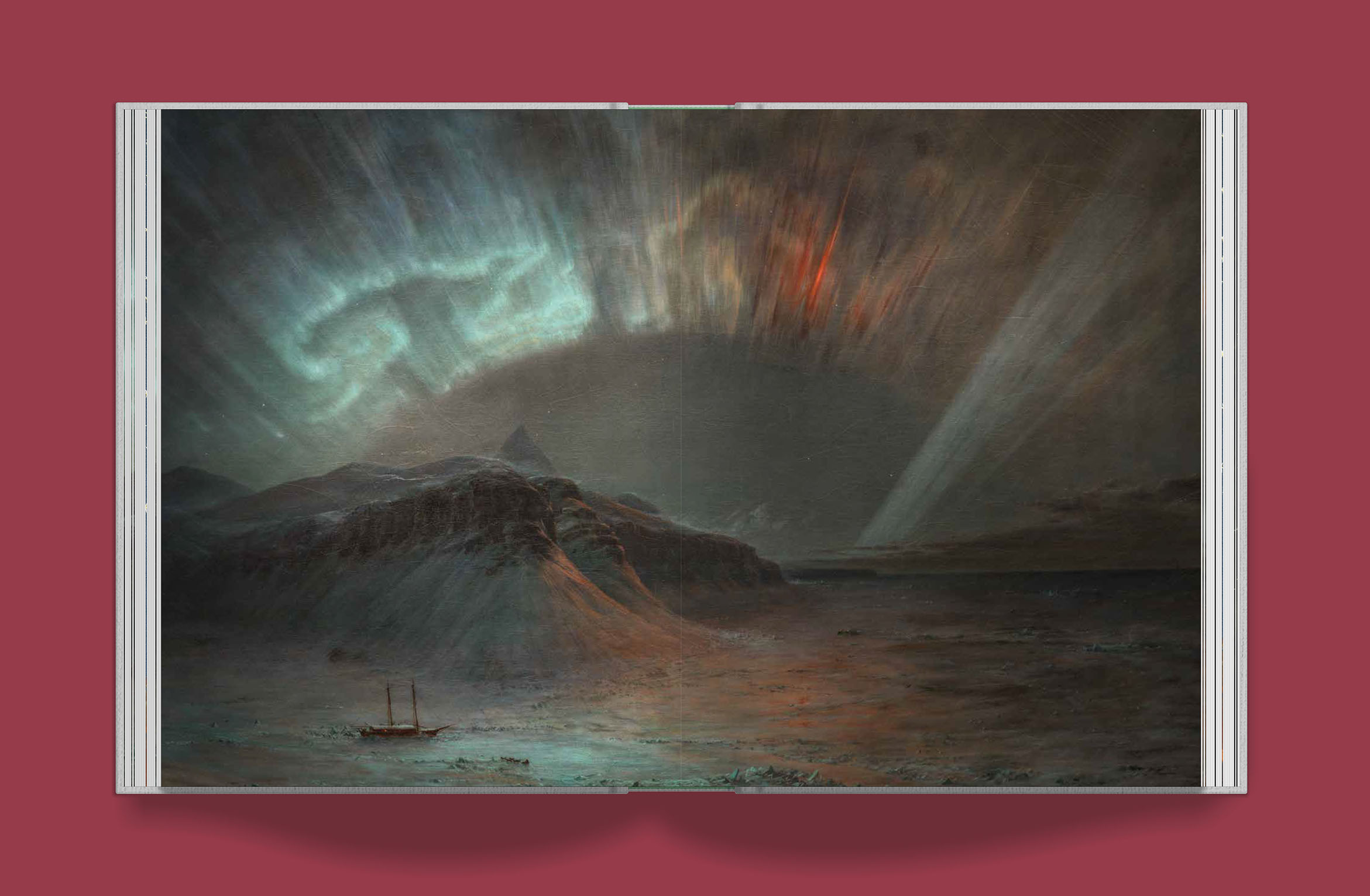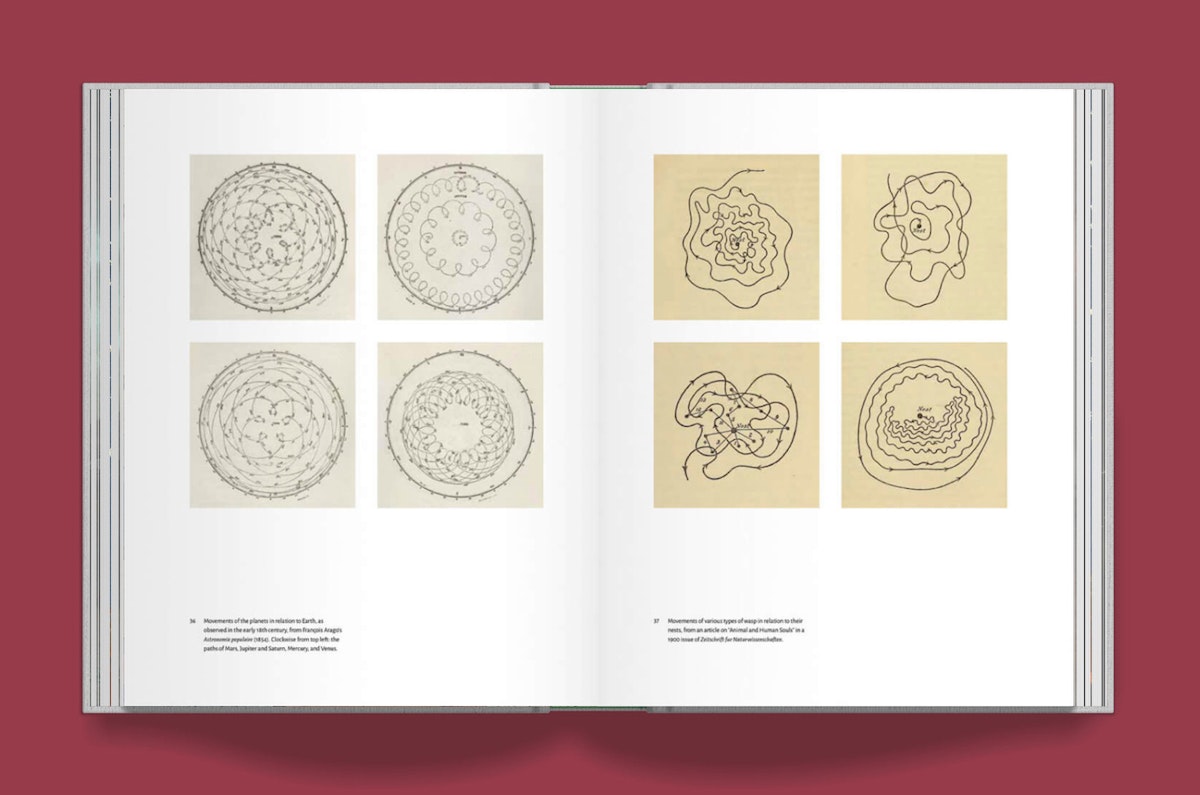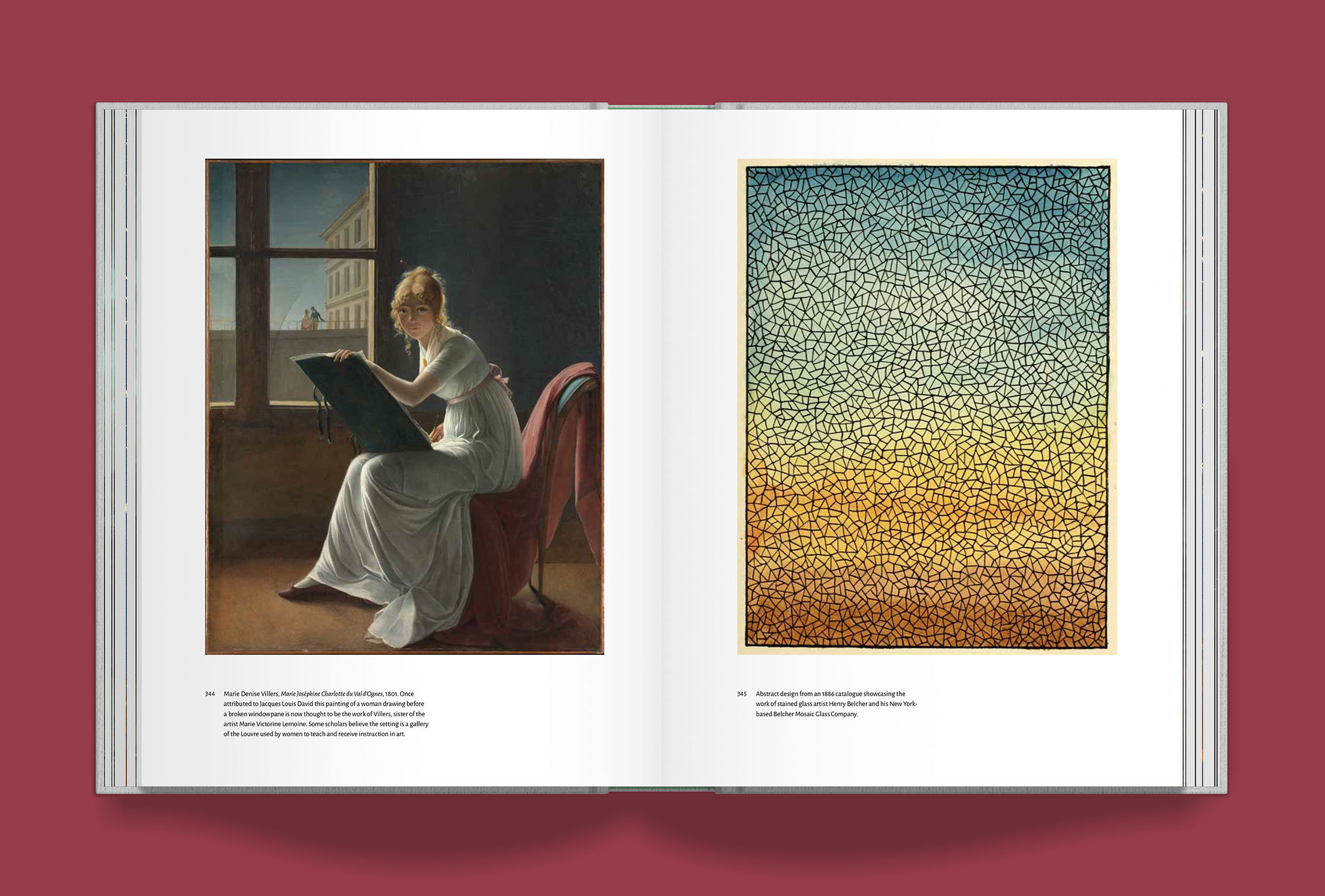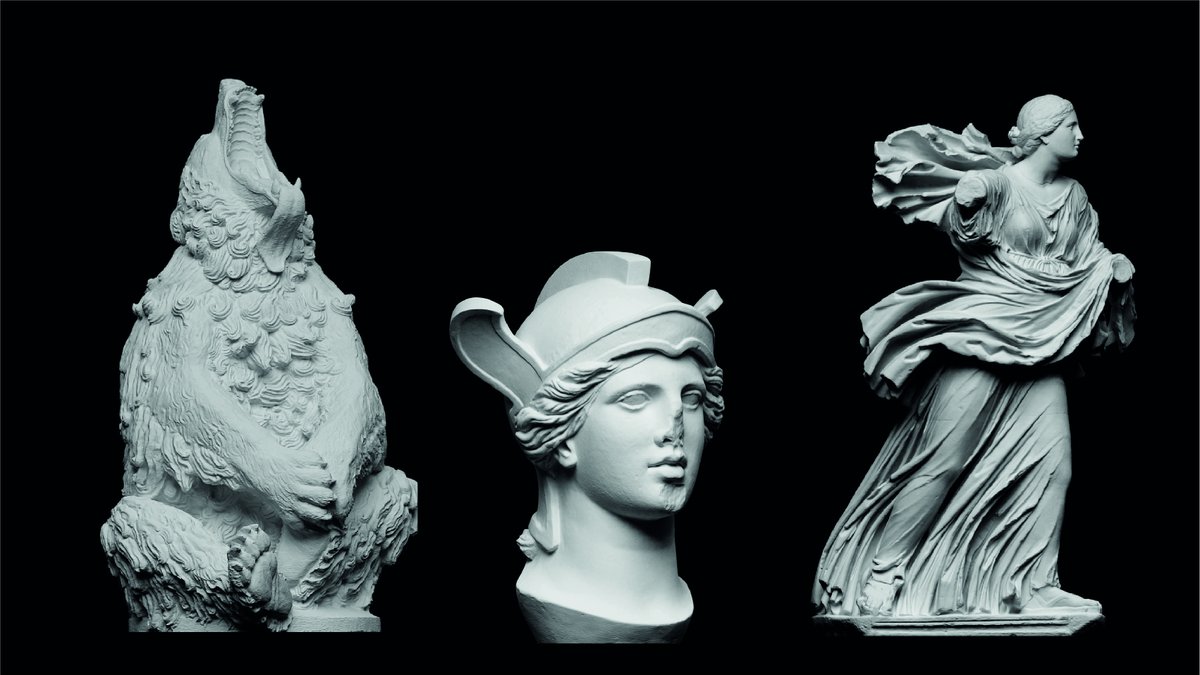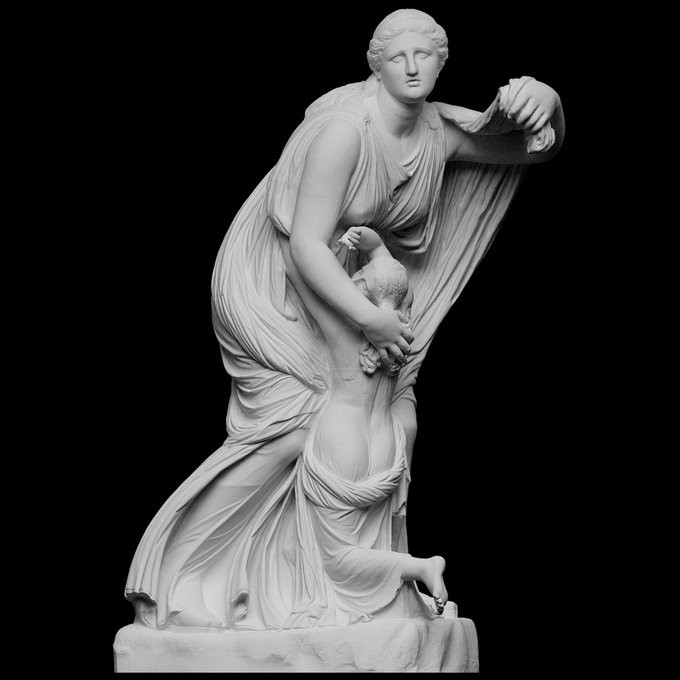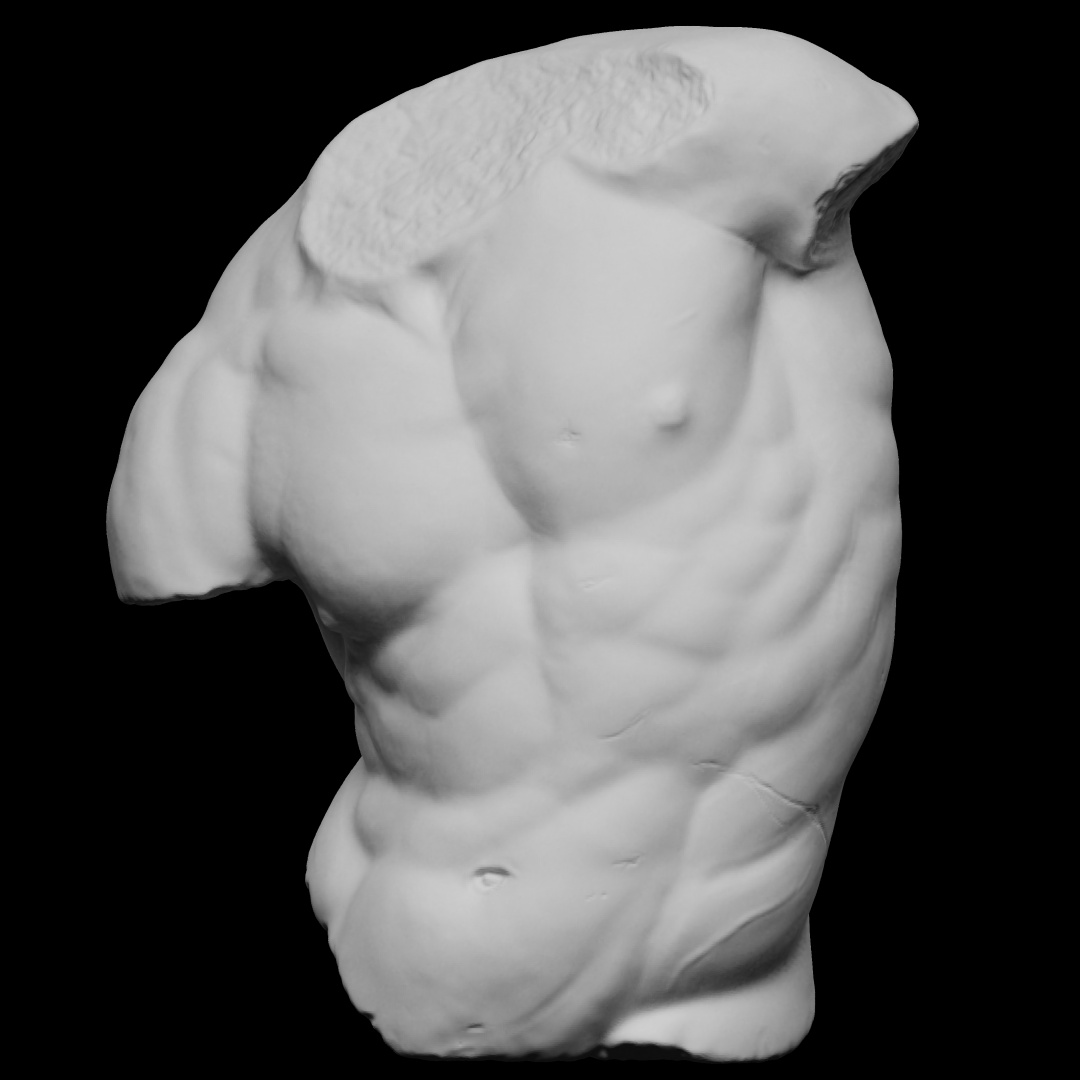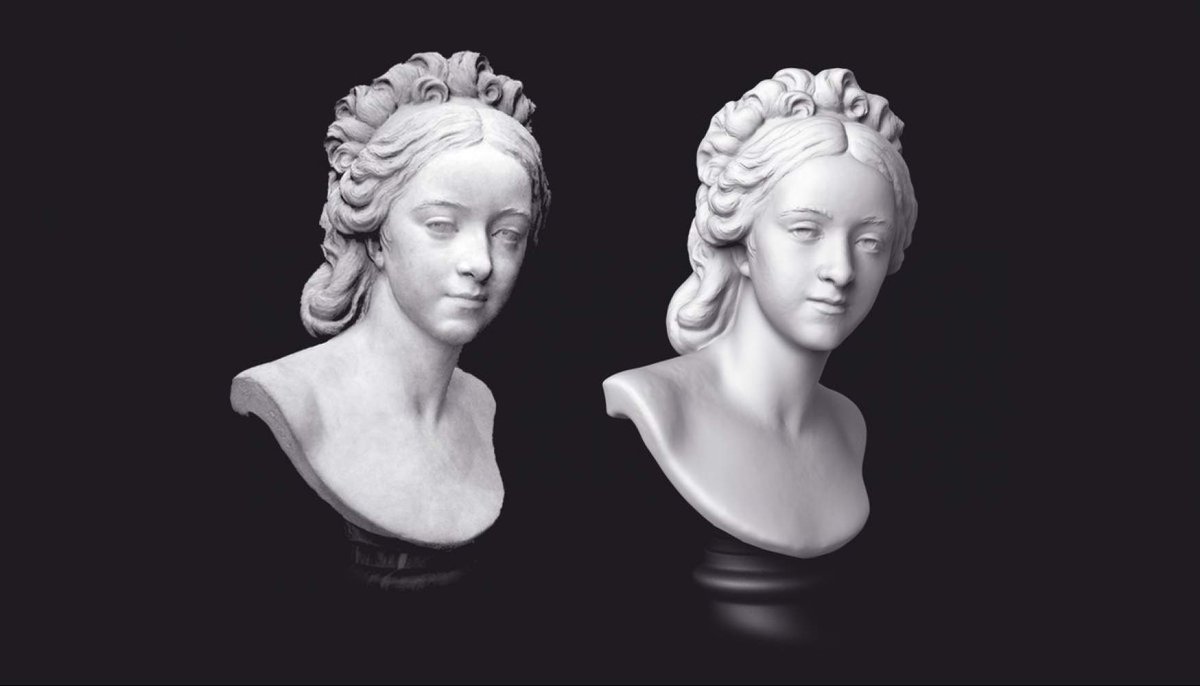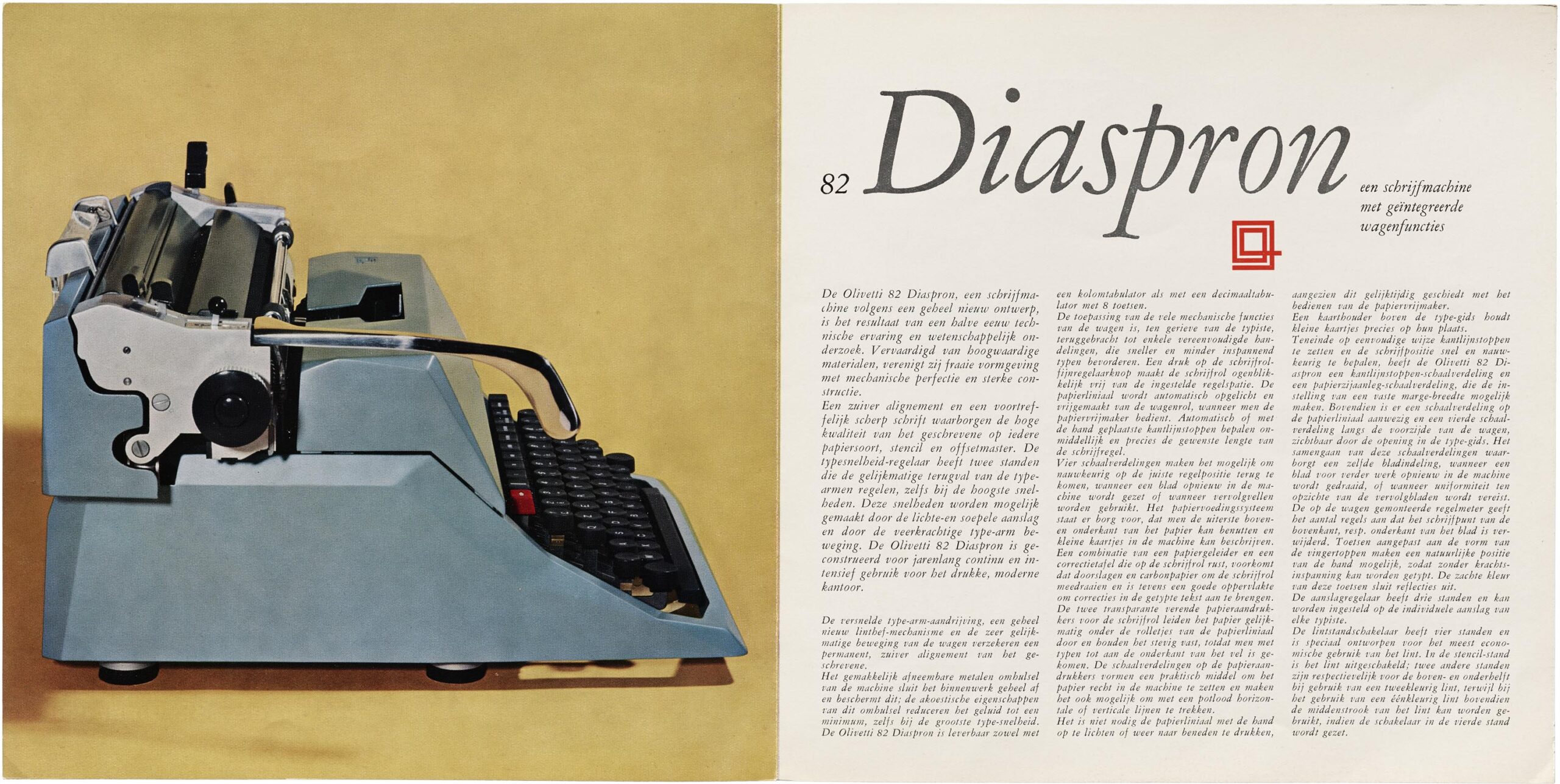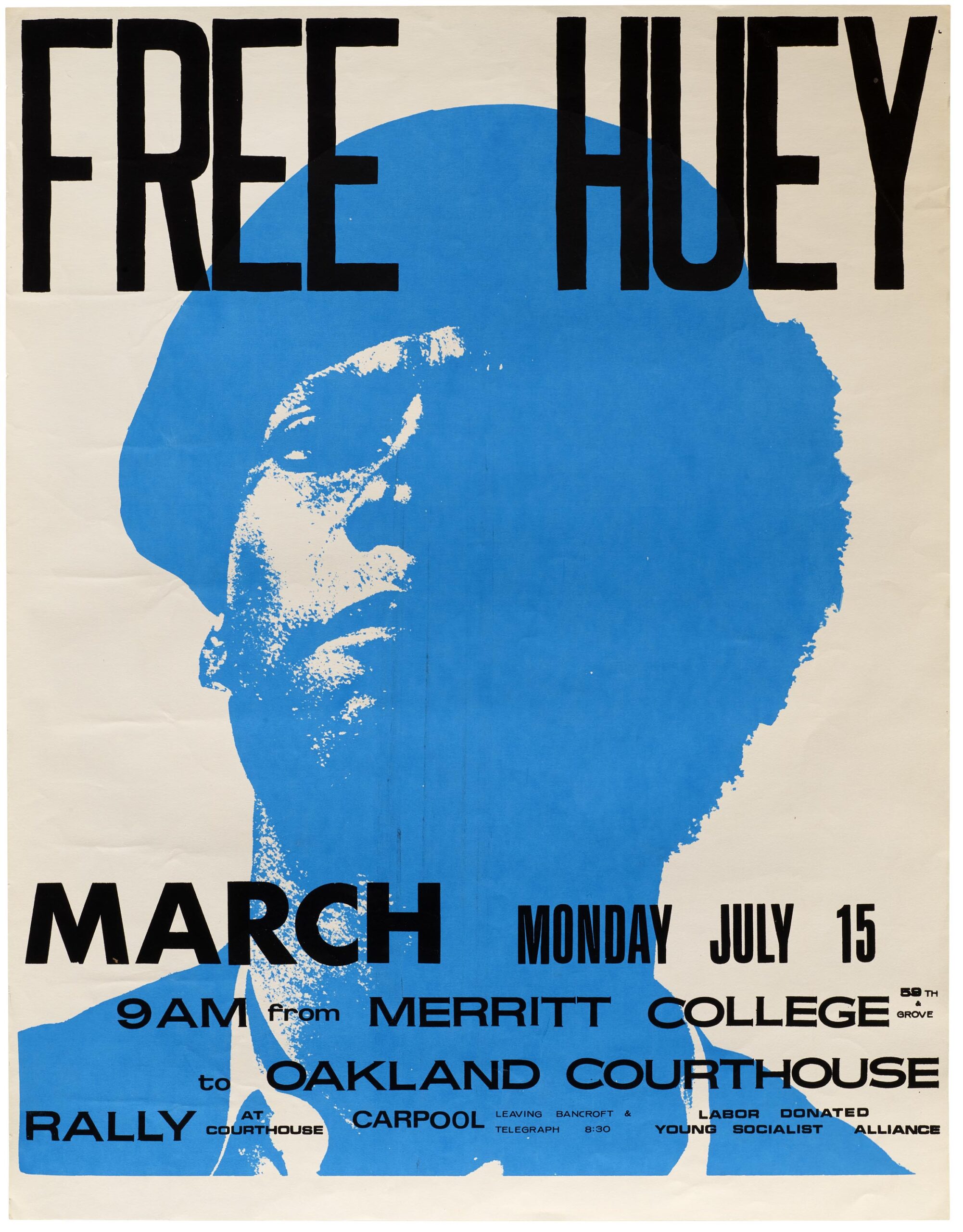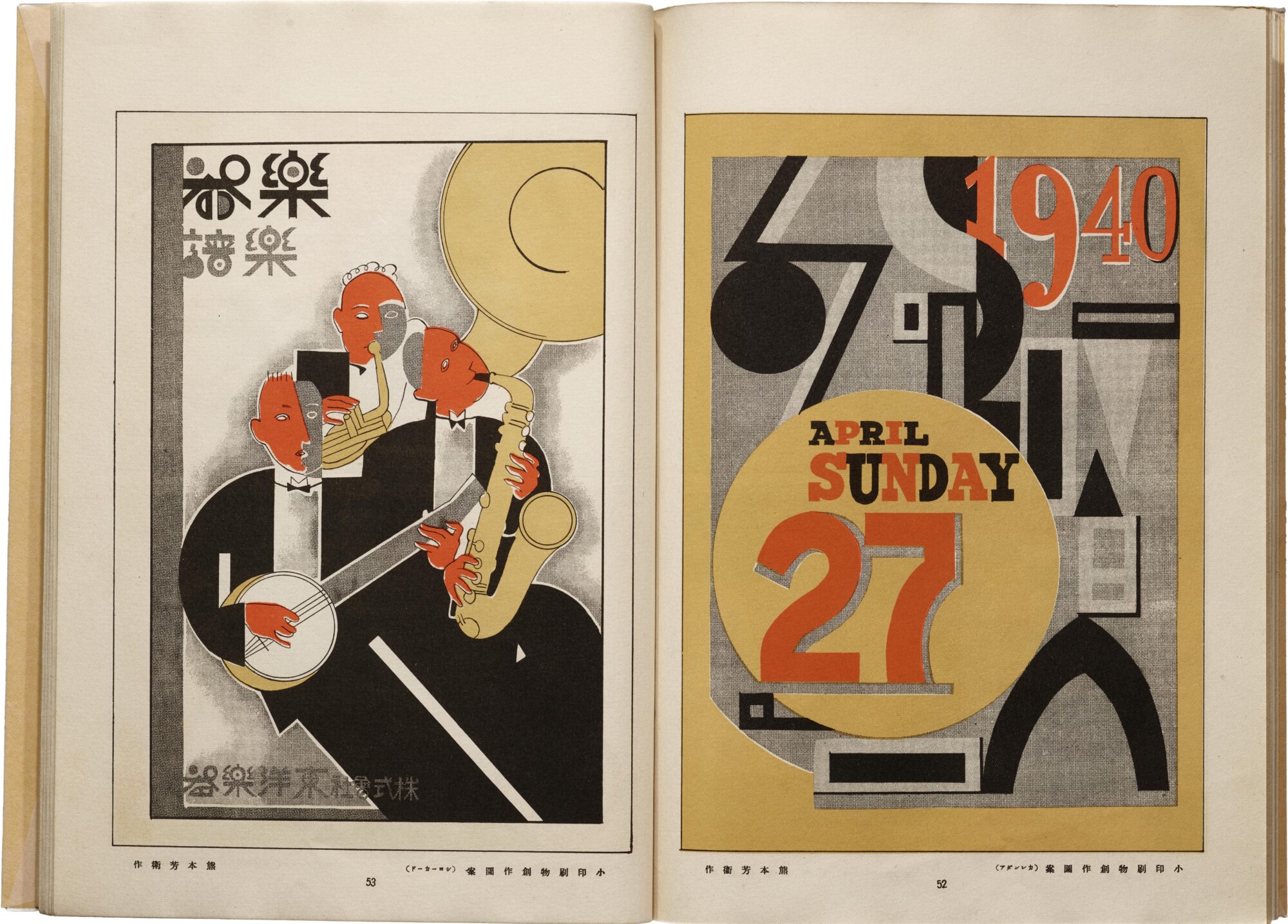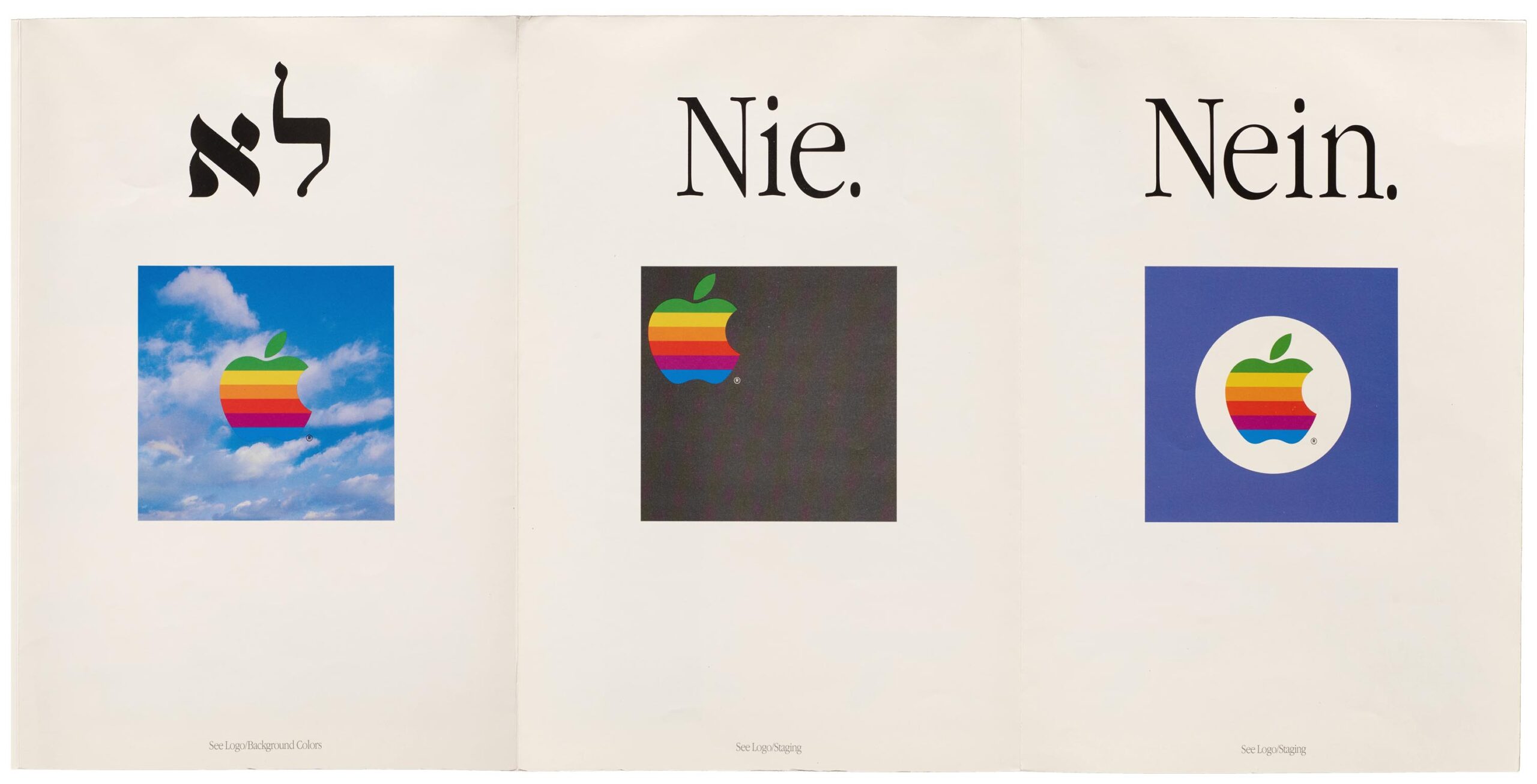Can great art be explained? Isn’t it a little like explaining a joke? Yet this can be worthwhile when the joke is in a foreign language or an unfamiliar idiom, a long-forgotten dialect or an alien idiolect. Consider, for example, the most common response to Mark Rothko’s monochromatic rectangles: “I don’t get it.”
Will perplexed viewers better understand Rothko’s Seagram murals when they learn that “he was found in a pool of blood six by eight feet wide, roughly the size of one of his paintings,” as James Payne writes, hours after he sent the nine canvasses to the Tate Modern gallery in London in 1970? “His suicide would change everything and shape the way we respond to his work,” adding a darker edge to comments of his like “I’m interested only in expressing basic human emotions, tragedy, ecstasy, doom and so on.”
Last summer, Payne launched his series Great Art Explained in Fifteen Minutes, “a brilliant new addition to YouTube art history channels,” Forbes enthused — “entertaining and informative short films [that] present a fresh look at familiar artworks.” There’s much more to Rothko than his tragic death at 66. We learn of his love for Mozart, a composer who was “always smiling through his tears,” the painter said.
An artist who seems to embody the opposite of Rothko’s troubled passion, Andy Warhol gets an explainer, above, in which Payne takes on the artist’s Marilyn Diptych. He opens with 30 seconds of audio from an interview with Warhol, who gives characteristically disinterested yes or no responses: “Andy, do you think that Pop Art has reached the point where it’s becoming repetitious now?” “Uh, yes.”
Pop Art’s repetitions were the point. Warhol elevated the unremarkable mass product to the level of high art, becoming the biggest-selling artist in the world. Payne draws a parallel between Marilyn Monroe’s transformation from “abused foster child from the rural midwest” to Hollywood royalty, and Warhol’s move from a shy, sickly child of immigrants to an international art star.
Even if Payne is explaining things you already knew about famous artworks like Monet’s Water Lilies, you’ll still enjoy his presentation, with its clever editing and compelling narration. “I want to present art in a jargon free, entertaining, clear and concise way,” he writes. Each video covers one famous artwork, not all of them modern. (We recently featured Payne’s take on Hieronymus Bosch’s Garden of Earthly Delights.)
Payne’s work as an art consultant, guide, “and art and film writer,” Forbes writes, “make him the ideal presenter of this excellent new art history series.” Craving some context on your lunch break? Head over the Great Art Explained in Fifteen Minutes and catch a few excellent mini-art history lectures, each one 15 minutes or less, for free.
Related Content:
An Introduction to 100 Important Paintings with Videos Created by Smarthistory
Free Course: An Introduction to the Art of the Italian Renaissance
Josh Jones is a writer and musician based in Durham, NC. Follow him at @jdmagness
